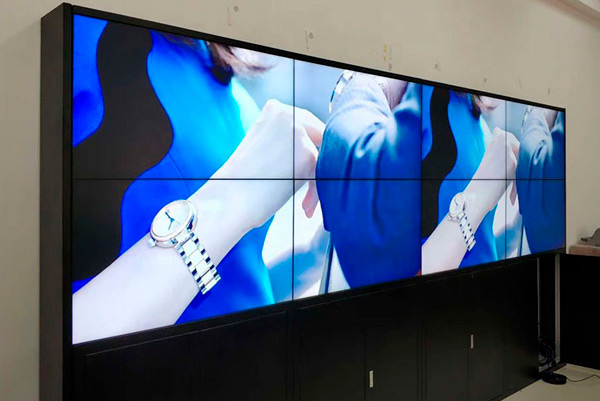Mastering Hue Precision in LED Display Calibration for Breathtaking Graphic Displays
Mastering Hue Precision in LED Display Calibration for Breathtaking Graphic Displays
Blog Article
Color precision is essential for creating stunning graphic displays, especially when using LED screens. These massive displays are frequently found in locations like concert venues, athletic arenas, and promotional billboards. When the colors on an LED wall are not accurate, the visuals can look flat or warped, which can impact the total experience for viewers. Therefore, mastering color accuracy in LED wall tuning is vital for attaining lively and true-to-life images.
The first step in ensuring color accuracy is understanding how LED technology works. LEDs, or light-emitting diodes, produce light in various colors by combining red, green, and blue (RGB) light. Each dot on an LED wall consists of these three colors. When tuned properly, the mix of RGB can create a broad range of hues. However, if one color is too bright or too dim, it can throw off the entire screen. This is why tuning is necessary to equalize the colors and reach the intended visual effect.
Tuning entails adjusting the configurations of the LED screen to ensure that the hues shown correspond the initial content as closely as feasible. This process usually includes using specialized software and hardware tools. Technicians frequently use color measurement devices, such as spectrophotometers, to examine the colors being shown. By comparing the assessed hues to standard color values, they can make precise modifications. This guarantees that the colors are not only lively but also consistent across the whole screen.
Another important factor of color precision is understanding the surroundings in which the LED screen is used. Elements such as surrounding light can considerably affect how colors appear. For instance, a brightly illuminated room may wash out hues, making them look less lively. To mitigate this, technicians may modify the luminosity and contrast configurations of the LED wall. Additionally, they may select specific color settings that are more suited for various lighting conditions. This adaptability helps preserve color precision regardless of the viewing environment.
Ultimately, routine upkeep and recalibration are essential for maintaining an LED screen looking its best. Over time, the functionality of LEDs can alter due to factors like aging and heat fluctuations. Regular checks and adjustments can help guarantee that the hues remain correct and lively. By committing time in appropriate calibration and upkeep, venues can offer audiences with breathtaking graphic displays led wall calibration for educational settings that enhance their total experience. Mastering color precision in LED wall calibration is not just a mechanical job; it is an art that contributes to the wonder of graphic storytelling.